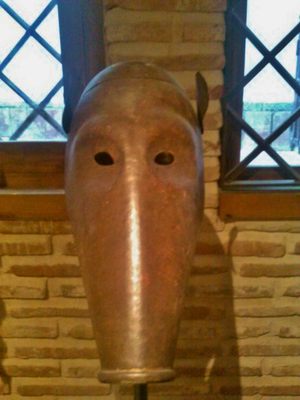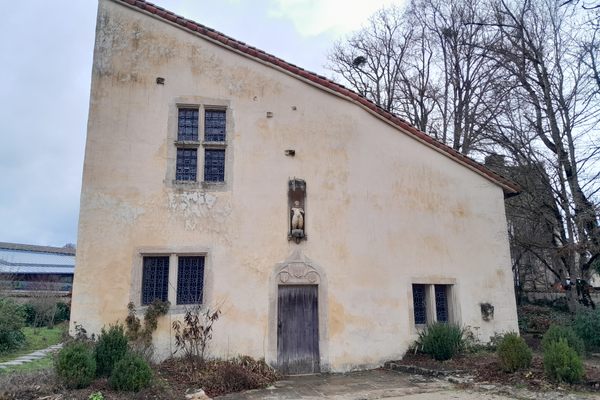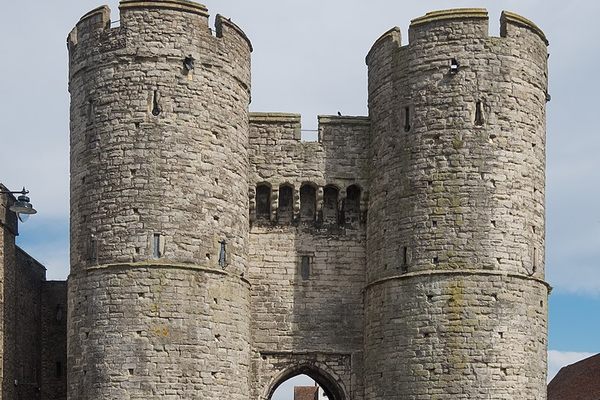About
Toledo, Spain is known as the City of Three Cultures, as Christian, Jewish, and Muslim communities have coexisted within its stone walls. The fortified city in Castilla-La Mancha was also the site of fierce persecution during the Spanish Inquisition. On an unassuming corner on the labyrinthine streets of the old city, the Museo de la Tortura displays artifacts from this dark period in the nation’s history and that of other European powers.
The exhibit is spread across five rooms, with insight on the Spanish Inquisition’s origins as well as its methods for torture and execution. Plaques throughout the museum offer descriptions of the tools in both English and Spanish and provide some historical background for the brutal practices of the Inquisition.
While the museum is home to infamous medieval devices like the rack and the iron maiden, it boasts a collection of lesser known instruments of torture. Pieces like the choke pear and chair of Judas demonstrate the sadistic inventiveness at work within the Inquisition, with many contraptions designed to punish specific offenses or prolong suffering before death.
Tools like the thumb vice were often used to force a confession or repentance, inflicting pain without risking the death of the victim. The interrogation seat was lined with spikes that could be heated before a prisoner was locked into place. Some pieces like the garrote vil were used long after the Inquisition had ended. The neck-crushing collar was used in Spain as recently as the 1970s.
The side room features contraptions designed for the equally brutal psychological torture of public ridicule, including a heavy wooden barrel held on the shoulders of those accused of drunkenness. The iron shame masks were intended to humiliate the wearer, eroding any sense of self-esteem or identity while also exerting a burdensome strain on sensitive parts the prisoner’s body. The museum also displays executor’s hooded garb and axe as well as the tattered sambenito, a garment worn by prisoners during their public auto-da-fé.
The museum presents its artifacts without sensationalizing torture and provides a stark look at the social conditions of Inquisition-era Spain.
Related Tags
Know Before You Go
Entry for adults is 5€.
Known historically for its durable steel, Toledo has a deep-rooted metallurgy tradition. There are plenty of museums and shops that display swords and other medieval artifacts separate from the Inquisition.
Community Contributors
Added By
Published
November 20, 2017

















































